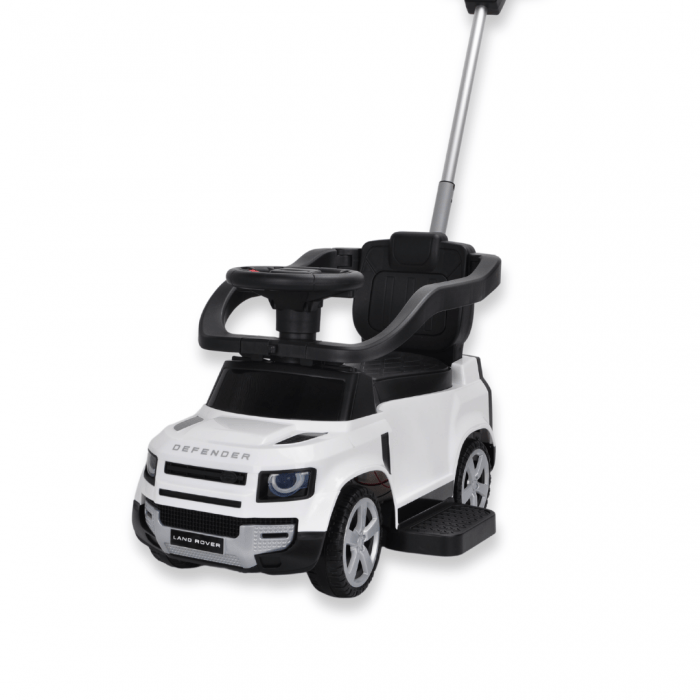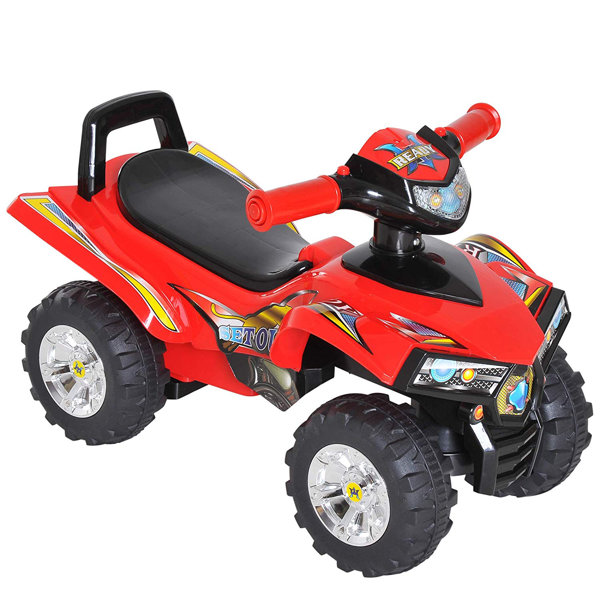Free Info To Selecting Remote Control Childrens Cars
Wiki Article
What Are The Advantages And Disadvantages Of Remote-Controlled Versus Electric Kid's Car?
Remote and electric children's cars offer different advantages and features that cater to a variety of preferences and needs. These are the advantages of an remote-controlled and electric kids' car.
Independence - Electric children's cars let children drive on their own, thereby giving them a sense of control and autonomy as they navigate their surroundings.
Motor Skill Development. Operating an electric vehicle requires children to use motor skills including the ability to steer, accelerate or braking. This improves coordination and spatial awareness.
Realistic Experience- Electric vehicles for children often have realistic designs that include functioning headlights, engine sounds and horn sounds. This makes the playing experience more engaging and immersive.
Outdoor Play - Electric kids' car are designed to be used outdoors on surfaces that are paved, such as playgrounds and driveways, or even sidewalks. Children can play, explore and enjoy the fresh air.
Driving an electric vehicle involves physical activity. Children are in a position to exercise and move by using their feet and hands.
The advantages of remote-controlled children's cars
Remote-controlled cars for kids The car with a remote control allows parents to monitor and supervise their child as they play. This provides an additional level of safety and control.
Guided learning - Parents utilize the remote to instruct and guide their child on how to safely drive the vehicle. Gradually, the child can become confident and independent as they build confidence.
Versatility - Remote-controlled kids' cars can be operated by hand by the child or remotely by a parent allowing flexibility and versatility to meet the needs of different levels and play situations.
Safety - Parents are able to intervene to avoid accidents using the remote control. They can stop or steer clear from dangers or obstacles which can increase the safety of children playing.
Remote-controlled kids' cars The cars are fun for children and their parents. They can explore and interact with the vehicle with each other.
Electric or remote controlled kids' cars are best for children between 3 and 12 years old. They also depend on the child's preference and their parents' guidance. Electric cars provide children with a realistic and independent play experience, while the remote-controlled car provides safety, guidance, and interactive opportunities for both parents and their children. Have a look at the top remote control childrens cars for more recommendations including car toy toy, remote control childrens electric cars, remote control childrens car, toy a car, electric car ride, race car toy, childs ride on car, remote control childrens car, car for toy, childrens electric cars and more. .

What Is The Main Difference Between Indoor And Outdoors Use Of Car Models For Children?
Indoors or out, kids' cars are designed to work in various situations and environments. This is how the designs differ - Indoor Use Cars Indoor Use Cars
Size and Weight Cars made for indoor use are usually lighter and smaller in size to be maneuvered easily in small spaces such as living rooms, playrooms or hallways. They're small enough to fit in tight corners, narrow passages and to avoid damaging walls or furniture.
Low Ground Clearance - Indoor use cars have a lower ground clearance to prevent them from being stuck or caught upon obstacles like carpets, rugs, or thresholds. This guarantees smooth and uninterrupted movement across indoor surfaces without fear of getting stuck or tipped over.
Smooth Wheels. Cars that are used indoors typically include wheels made of substances that have a smooth surface, like plastic or rubber. These wheels provide better grip and traction when used on smooth surfaces like laminate flooring, hardwood floors or tiles. They are designed with minimal sound to reduce scratching or scuffing indoor surfaces.
Temporary Speed - For indoor use, cars usually are slower than usual in order to make sure that they can be safely operated and controlled in tight space. This helps to avoid collisions and accidents with furniture, walls, and other objects inside indoor areas.
Outdoor Use Cars -
Durable Construction - Cars intended specifically designed for outdoor use are built with robust materials. They are made of strong metals or plastics that can withstand the harsh elements outside such as humidity, sunlight and temperature fluctuations. The cars are resistant to damage from outdoor conditions.
Greater Ground Clearance: Outdoor use vehicles have higher levels of ground clearance that allows them to traverse bumps and uneven terrain in the outdoors. This lets them traverse rough surfaces like gravel, asphalt grass, dirt, or grass without getting stuck or damaged.
Traction Tires-The tires on cars made for outdoor use typically have treads that provide better traction or grip on slippery or uneven surfaces. This provides stability and control when driving outdoors, preventing sliding or sliding.
Weather Resistance - Outdoor use automobiles may have weather-resistant parts like sealed electronics, waterproof casings, or rust-resistant material to guard against environmental damages and moisture. The vehicle can be exposed to rain, mud and puddles, with no performance degradation.
More Speeds - Cars intended for outdoor use usually feature more top speeds to make room for large spaces as well as the longer distances found outdoors. This lets children experience the thrill of a thrilling journey when they are exploring the outdoors.
In considering these design characteristics and other features, parents are able to pick a child's vehicle that is best suited to their specific usage needs and the environment in which they will utilize it, whether indoors or out. They can also ensure your child's safety, fun, and lasting experience. See the top find out more about McLaren kids car for website tips including electric two seater cars, toy cars toy car, childs car toy, childrens ride on, kiddies cars, a toy car, childs electric ride on car, childs car toy, childrens electric ride on, toy and car and more. .

What Factors Should I Take Into Consideration Before Purchasing An Electric Car For My Children? What Are The Pros And Cons Of Electric Vehicles For Children?
It is important to take into consideration a variety of factors when choosing an electric kids car. Take note of these important elements, such as information on prices, sizes and models, pros and cons, and more.
When selecting an electric children's car, it is important to be aware of the age and height of your child. Cars that are small and light may be suitable for smaller and younger children, whereas older and larger children might require vehicles with lots of space.
Car Size and Weight -
Models for electric cars for kids are available in various sizes. From micro-sized to bigger-scale replicas, they are readily available. Consider the size and the weight of the vehicle in relation with your child's age, strength and size.
Price Variation -
The cost of electric vehicles for children can be a bit different dependent on a variety of factors, including size, brand and the quality. The prices of small-sized models vary between $50 and $200 in comparison to larger-scale replicas can cost up to $800.
Pros and Pros and
Pros -
Entertainment - Electric kids' vehicles provide hours of fun and imaginative play for children and allow them to experience the excitement of driving their own car.
Motor Skill Development - Operating an electric car helps children develop coordination, spatial awareness, and fine motor skills.
Outdoor Play - Electric vehicles encourage physical and outdoor play, promoting exercise and exploration.
Realistic Features- Many electric children's cars have realistic features, including functioning headlights and horns. They also work with MP3 players, which improves the experience.
Cons
Costs - Electric children's automobiles, especially licensed replicas of popular brands, can be expensive.
Battery Life: Electric cars are powered by rechargeable lithium-ion batteries which have a life-span that is limited and need to be charged often.
Safety Issues Electric vehicles are susceptible to hazards for safety, such as crashes, falls, and traps. This is particularly the case in the event that the vehicle isn't utilized with care and supervision.
Assembly and Maintenance: Some electric vehicles require assembly when they arrive. They also require regular maintenance including repairs and maintenance of the battery.
Features and Accessories -
Consider the features and accessories included in the electric car for kids, such as functioning headlights, horn sounds, parental remote control, seat belts and storage compartments. Choose a car that comes with the features and accessories that work with your child's preferences.
Finality, the most effective electric vehicles for children will depend on factors like the age of your child (or size) as well as their interests and budget. Be sure to read reviews, compare models and weigh the pros and con before you make your final choice. Have a look at the best JCB ride on digger kidscars.co.uk recommendations for site tips including electric rideons, kids electric cars, car electric ride on, car toy toy, kidscars, kidscars, two seater electric cars, toy car toy car, 2 seater electric cars, ride on toy and more. .
